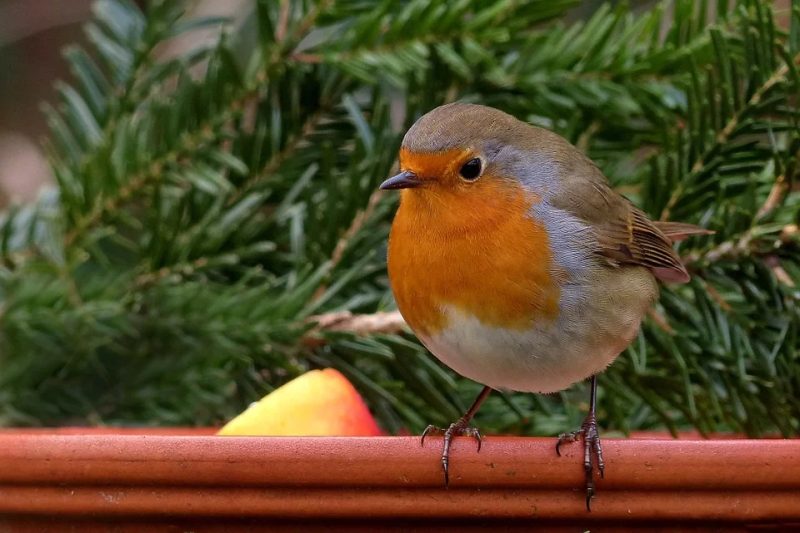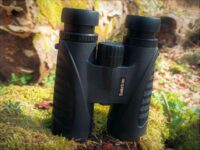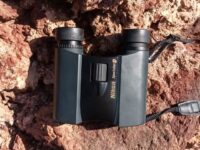Bird watching is possible in a surprising number of places. Birds inhabit all niches of nature and are one of the few species in the animal kingdom that also share living space with us humans. What could be more obvious than watching birds in your own backyard? But how do you attract birds to your backyard and garden?
A Bird’s Perspective Of An Attractive Garden
Birds don’t like tidy over-organized gardens. Birds look for a natural garden that offers hiding places, observation areas, food sources, and nesting places. Local plants, berries, shrubs, bushes, some large trees, undergrowth, a few open areas such as a lawn, and a small pond that serves watering and plumage maintenance. Big old trees and greenhouses are particularly appreciated by our colorful feathered friends. It is not that difficult to create your own small “nature reserve” that birds like to visit.
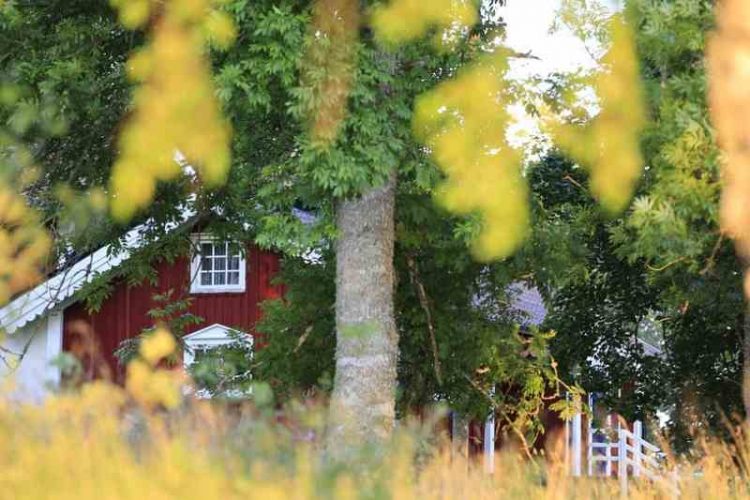
Why attract birds to your yard?
For a nature lover and bird watcher, it’s just great to attract and watch a large variety of birds in your own garden. But birds not only enrich the garden visually and acoustically, but they also devour enormous amounts of pests, especially during the breeding season. The young chicks need a lot of protein-rich insect food so that they can grow quickly and be able to fly in a couple of weeks.
The trick to attracting many birds to your garden is to provide them with water and food.
There are natural food sources that come from planting native bushes and shrubs. On the one hand, the plants produce fruits and seeds that the birds eat. On the other hand, plants provide a habitat for many insects that are also on the menu of many birds.
Setting up a bird feeder is an easy way to attract birds to your garden. An urban myth is only to feed birds in winter only, but many experts recommend doing so throughout the year.
Birds love hedges and fruit-bearing shrubs
Plant many native bushes and shrubs that hide many and can also be many sources of food for the birds. Birds have to eat a lot because of their small size and rapid metabolism. They also have to raise their young in a few weeks and have to pack a few reserves of fat for the cold, windy months. Popular garden plants include hawthorn, red buckeye, rowan, elder, myrtle, privet, wild rose, sloe, snowball, cornel, barberry, and many others. Most birds prefer to eat the fruits of deciduous trees than the seeds of the conifers.
Dense thorn bushes and hedges offer attractive and safe sleeping places as well as good places to hide a nest in and raise the offspring. Scrubs provide safe singing places for songbirds to protect them from attacks by predators.
Flower meadows help insects and birds
An important part of a bird-friendly garden is a flower and herb meadow. This is not only nice to look at for humans, but even more so for birds.
The seeds of native herbs and flowers are an important source of food for birds as well as for butterflies, bumblebees, bees. But a healthy flower meadow is a species-rich biotope that attracts all kinds of little creatures: aphids, spiders, grasshoppers, caterpillars, larvae, beetles, flies, and many other insects.
Insects attract birds to the garden
But birds not only eat the plant seeds but also the insects that find an ideal habitat in herb meadows and flower meadows. Insectivorous species such as black redstart, starling, robin, blue tit, and great tit feed on caterpillars, beetles, and spiders, especially during the breeding season.
Birds like untidy gardens
You should not dispose of cuttings from trees and bushes in the green waste, but pile them up in a corner of the garden to form a pile of old wood. Robins, wren, and dunnock like to look for food there and use them as breeding grounds. Chiffchaffs also prefer to build their nests near the ground. If you leave last year’s shrubs and a little old grass, they will be attracted to the garden. The chaffinch usually breeds in treetops or high bushes, where it hides its hemispherical nest.
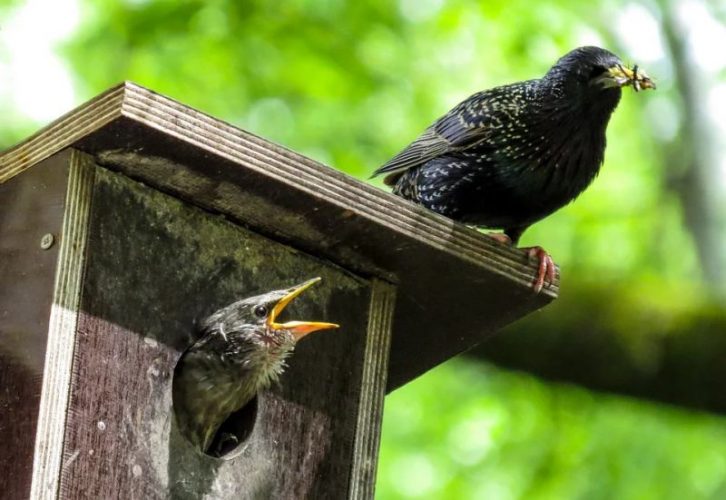
Hang up nesting boxes and birdhouses
Hanging nest boxes in trees is a good and easy way to attract cave breeding birds. Depending on the type of bird you want to attract, nest boxes of different sizes are placed either alone or in small groups. Some bird species like to have conspecifics close by while others tend to be loners. Make sure that the entrance holes face away from the weather side and face east, boxes should also be protected from too much sunlight so they don’t overheat. Make sure that the nest box is not easily accessible by predators so that the brood is not eaten or starved because the parent animals have been eaten. It is best to place nest boxes in autumn, as many species of birds look for suitable boxes to sleep in during autumn or winter
Watering and birdbaths
Birds need water like any living creature. Especially in hot and dry weather, birdbaths are important so that birds can meet their increased water needs. Natural water sources such as puddles and ditches dry out quickly in summer and berries that birds eat to quench their thirst may not be ripe yet.
It doesn’t take much to set up a birdbath, you can buy a ready-made one in your garden center, or a simple flower pot saucer or a soup plate, filled with water, does the job too. It is important to keep the birdbath clean and to change the water regularly so especially on hot summer days, small ponds with standing water don’t become a breeding ground for bacteria.

You see, you can turn your garden into a bird’s paradise with very little effort. Birds in your own garden bring nature and life, they sing and chirp and you can watch their behavior. You can observe the birds with binoculars or a spotting scope on a tripod behind the window from the comfort of your home
